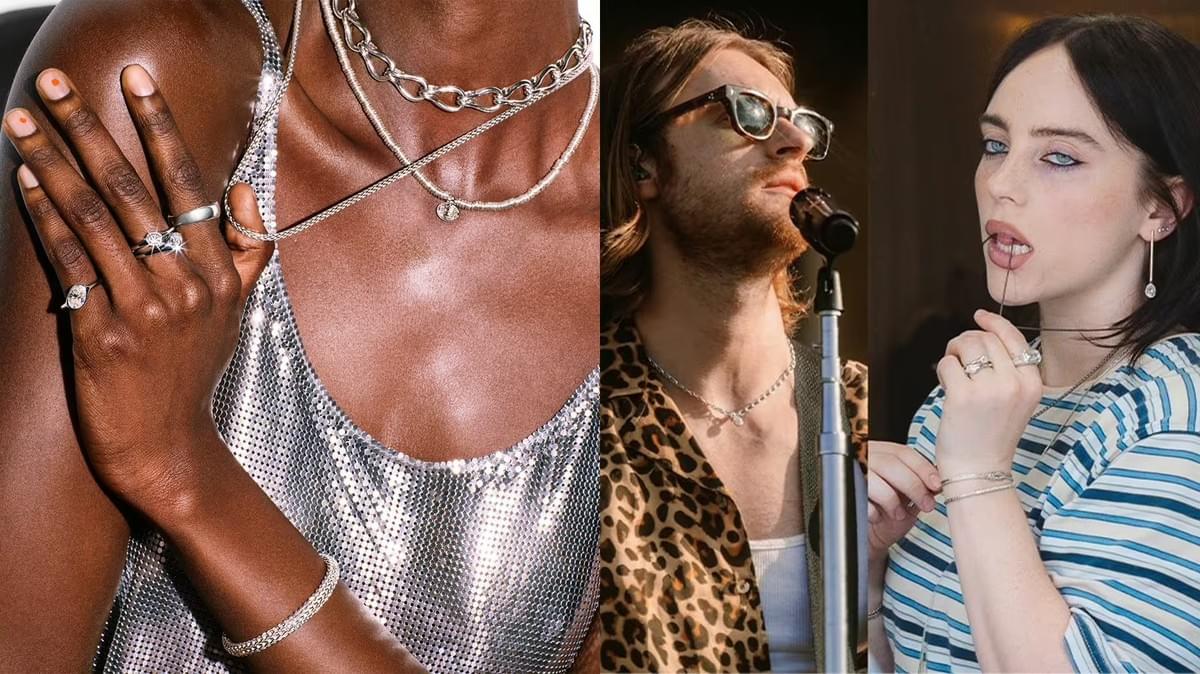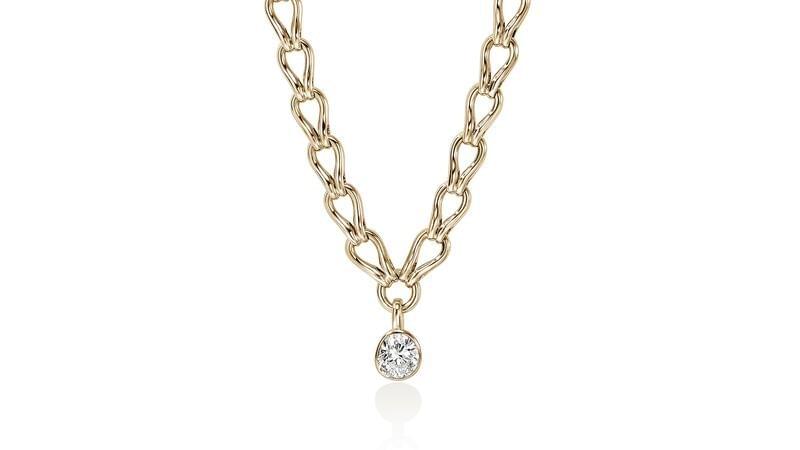
New York— Pop’s most outspoken siblings, Billie Eilish and Finneas, are stepping into the jewelry world—and they’re not playing by the old rules.
In a bold move, John Hardy has tapped the Grammy- and Academy Award-winning duo for its first-ever lab-grown diamond collection, a collaboration that lands like a direct challenge to traditional diamond codes.
The collection, named “JH Lovestruck,” was co-designed with John Hardy’s creative chairman Reed Krakoff and centers around four proprietary cuts inspired by the brand’s signature pebble motifs. Unlike the rigid geometry of round brilliants or princess cuts, these stones are irregular, organic, and sculptural.
“There’s an honesty to these pieces,” said Finneas. “They feel intentional yet imperfect—diamonds with form and feeling, and without pretension.”
That language—imperfect, irreverent, anti-tradition—is the quiet revolution here. Krakoff admits as much:
“Traditional rules don’t allow for organically shaped diamonds. Lab-grown diamonds provide a creative freedom that makes it possible to imagine entirely new and proprietary cuts.”
In other words, this collection couldn’t exist with mined diamonds. And that’s exactly why it’s bound to rattle the establishment.
Sustainability or Marketing?
The line arrives as part of John Hardy’s 50th anniversary celebrations and carries all the markers of Billie Eilish’s ethos: reclaimed metals, renewable energy production, and a philanthropic tie-in. The brand has pledged support for Support + Feed, the plant-based nonprofit backed by Billie and Finneas.
Billie herself framed it bluntly:
“What you eat, say, and wear matters, and jewelry is no different. It all impacts our planet.”
For Eilish’s fans, that’s a rallying cry. For traditionalists, it’s a provocation: if mined diamonds claim “forever,” what does it mean when global cultural icons say lab-grown is the future?
The Collection
Spanning 50 pieces priced between $825 and $24,000, Lovestruck includes rings, earrings, necklaces, bracelets, a pin, hand chain, and even a body chain. While the diamonds take center stage, the line also incorporates onyx and orange spiny oyster beads in its Heishi-inspired designs.
Both siblings also curated shoppable edits of John Hardy jewelry, featuring pieces they’ve worn on tour or that align with their personal aesthetics.

The Conflict: A New Kind of Diamond Luxury
The collaboration is a cultural crossover with teeth. On one side: John Hardy’s heritage as a craft-driven luxury brand. On the other: lab-grown diamonds, pop disruptors, and climate activism.
The jewelry industry is still deeply divided on lab-grown: for some, they represent an existential threat to rarity and value; for others, they’re the only way forward with Gen Z. By making lab-grown the foundation of its anniversary celebration, John Hardy isn’t dipping a toe—it’s planting a flag.
The question is whether the rest of the industry will embrace this as a vision of the future—or dismiss it as celebrity hype riding a sustainability trend.
👉 Discover how personalization is reshaping jewelry retail on our Jewelry Applications guide.
👉 See why younger consumers are embracing lab grown gemstones for both fashion and meaning.
